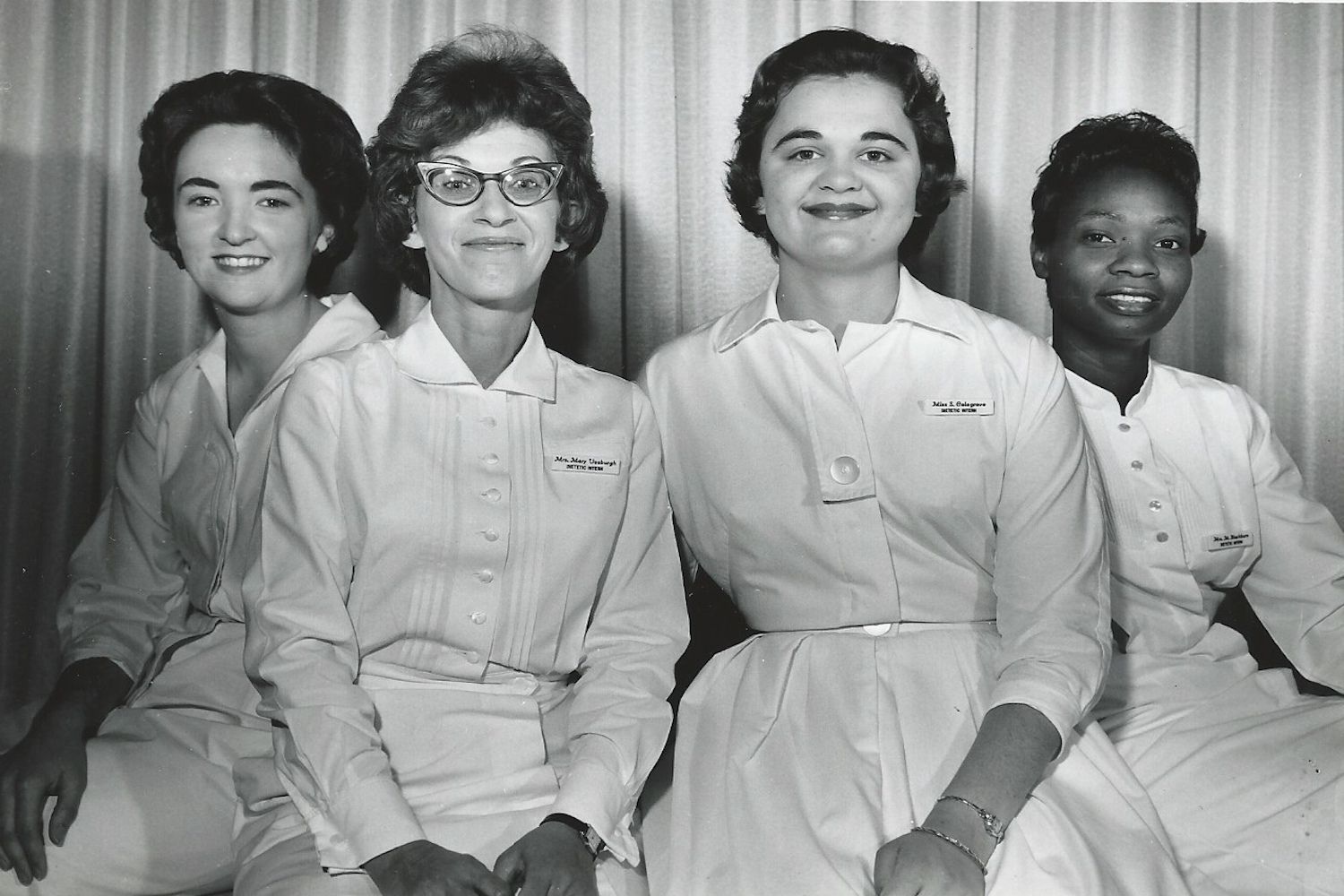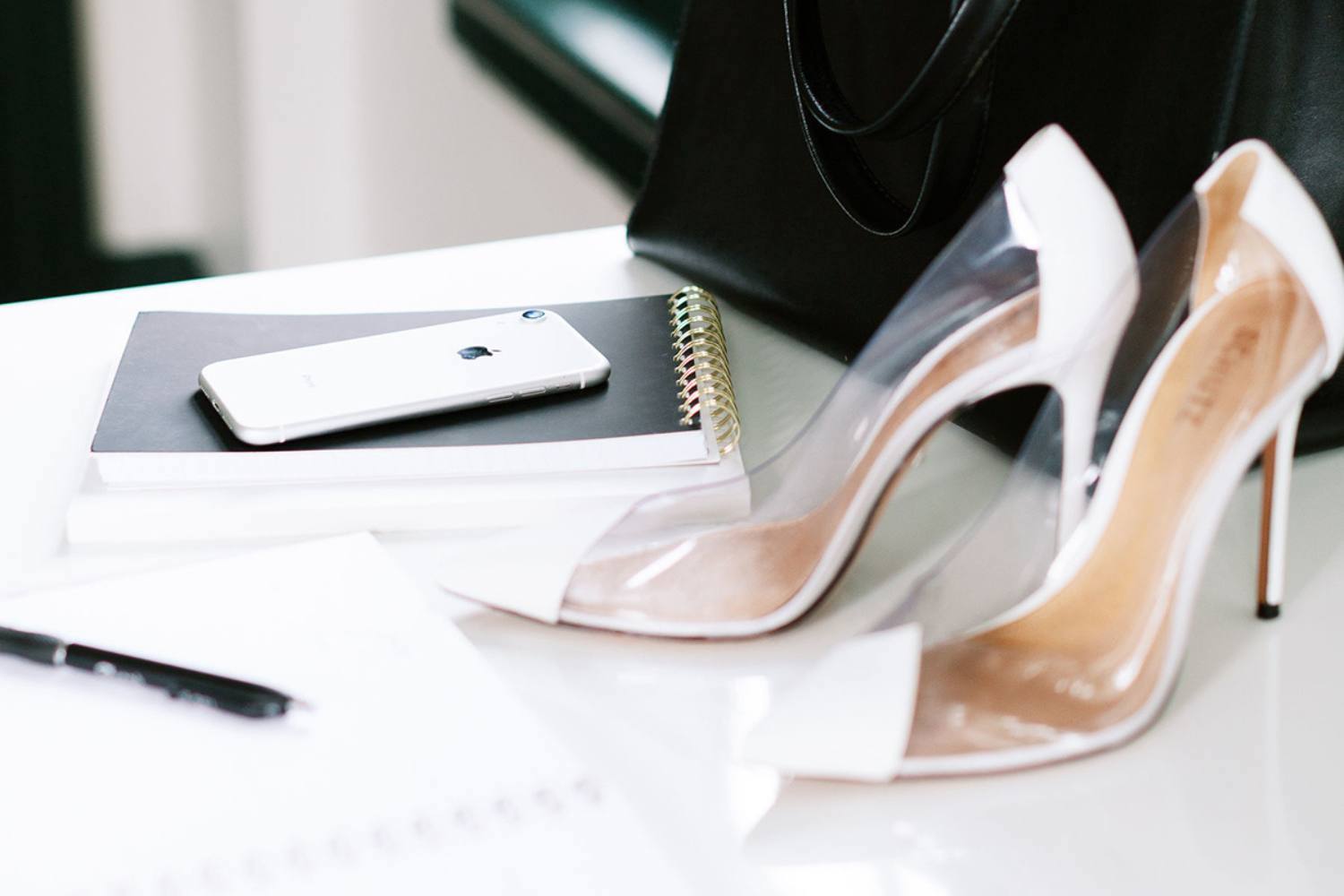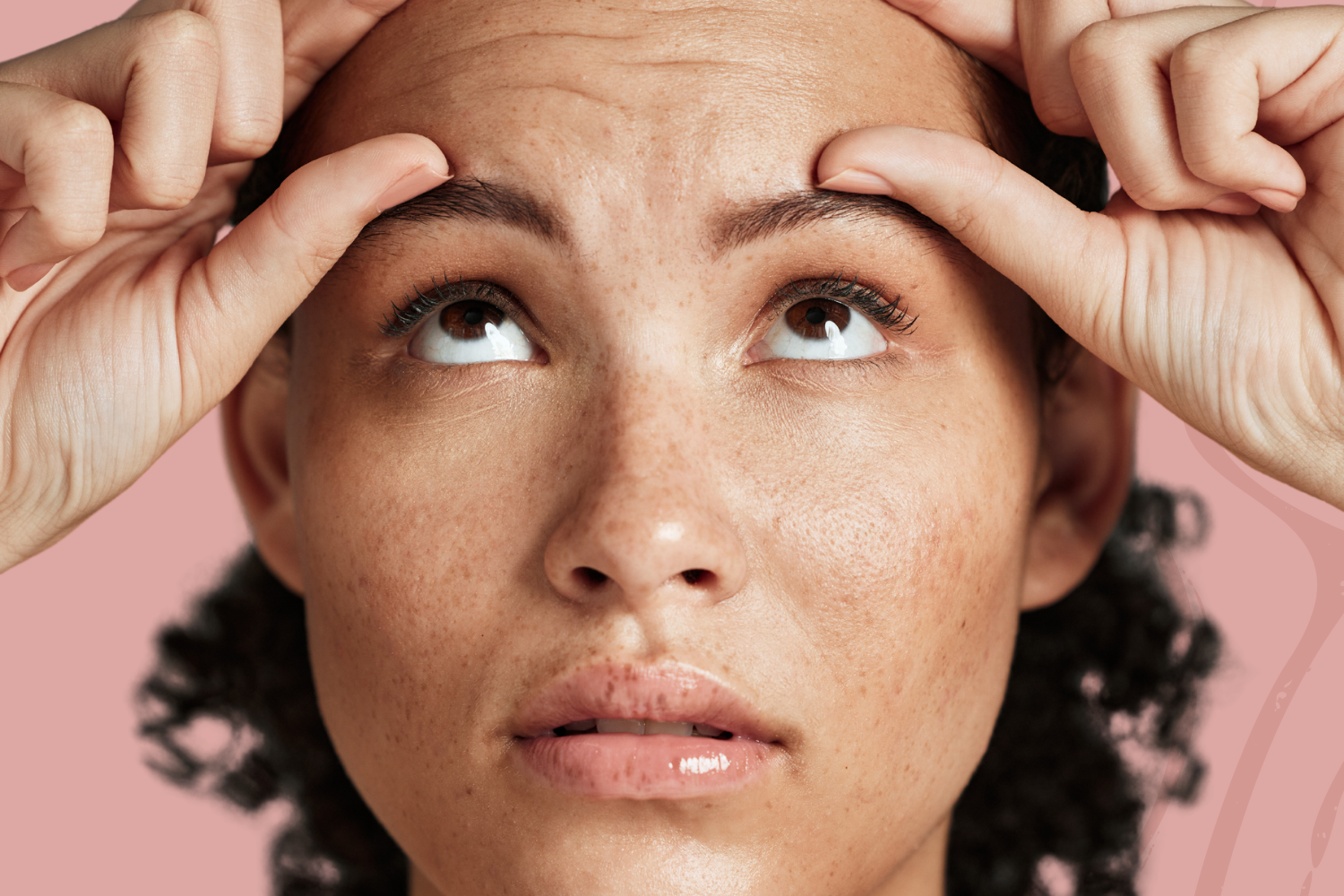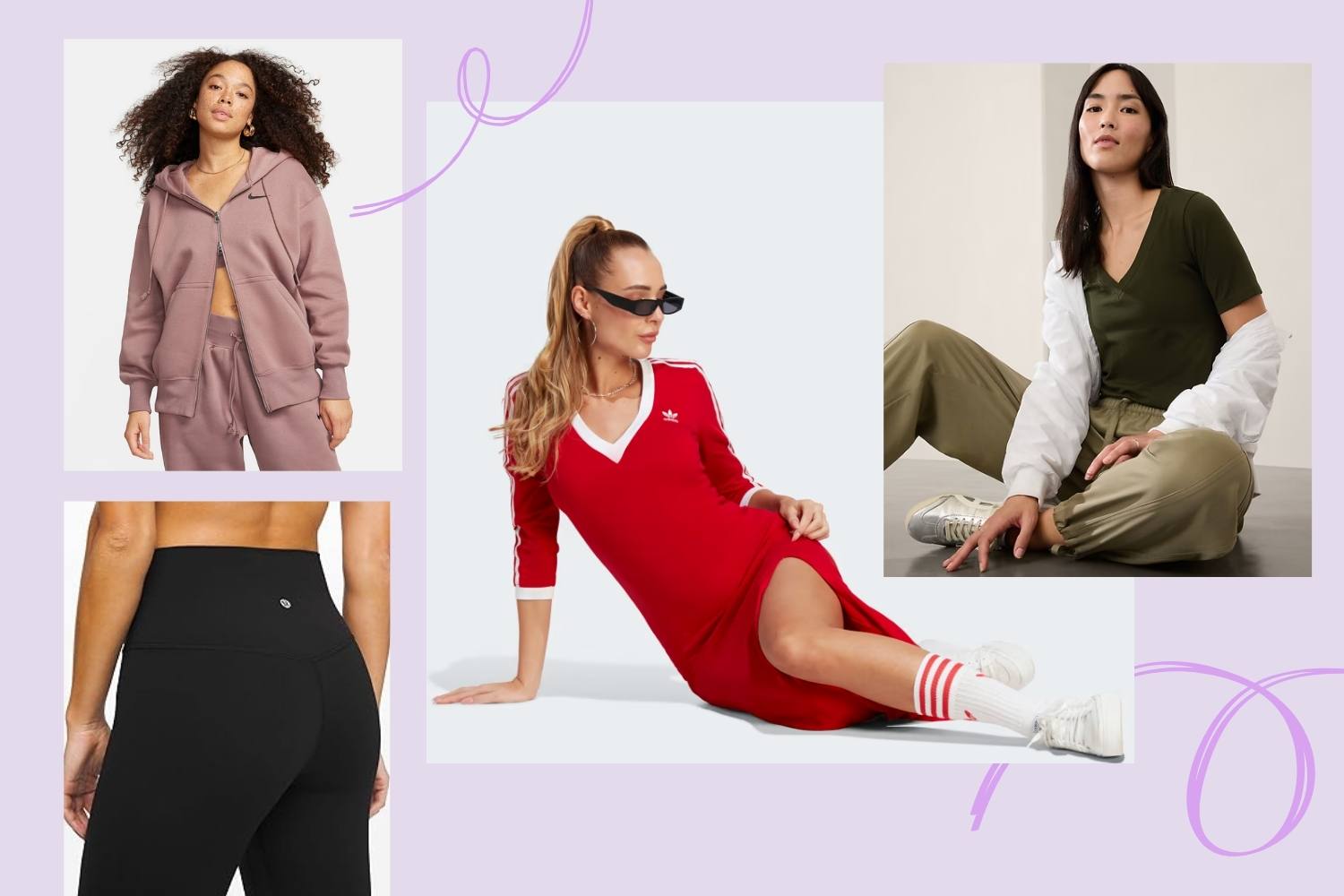
No more restrictions: How clothes became more comfy
As we get older, comfort often becomes more important in what we wear — sometimes to our chagrin. We may love the look of heels and cinched silhouettes, but aching backs, thickening waists, and hot flashes mean we start to understand the appreciation for Eileen Fisher, elastic waistbands, and natural, breathable fabrics.
It’s hardly a new insight that historically, uncomfortable, restrictive clothing like corsets and hoop skirts literally prevented women from taking part in many physical activities — which was a feature, not a bug. It’s not a coincidence that such clothing came to be a signifier of wealth. Bustles, hoop skirts, hobble skirts (it’s right there in the name!) — all of these sent the message that women should not exert themselves. Instead, they were meant to stay at home doing quiet, domestic tasks. (Unless you were a working-class woman, a servant, or an enslaved person, of course, in which case your job was to do all the work to prop up this image of wealth, or make it possible.)
Today, of course, we don’t need to wear corsets and heels (unless we want to!). And that’s thanks to suffragettes and other early feminists in the 19th and 20th centuries who advocated for less restrictive styles, pointing out that more comfortable clothes were better for women’s physical health. Coco Chanel famously helped popularize more comfortable clothing by designing and selling wide-legged pants, sailor shirts, and simpler, more fluid dresses. Such clothes also had the benefit of being faster and easier to put on than fussy dresses with dozens of buttons, and simpler to care for, too. No longer did you need a lady’s maid to tighten your stays.
Restrictions in our modern world
Clothing restrictions as an indicator of wealth continue, albeit in a different form. One thing I have noticed as a signifier is being able to carry only a small bag or no bag at all. A lot of us have stuff we need to carry with us beyond our wallet and a phone: medication, a water bottle, sunscreen, makeup, etc. On the TV show Elsbeth, a running gag about the character is that she is constantly carrying two or three dumpy tote bags with her wherever she goes. But carrying a small bag everywhere requires a commitment to minimalism that is just impractical for most people — unless you have an assistant to carry your stuff for you.
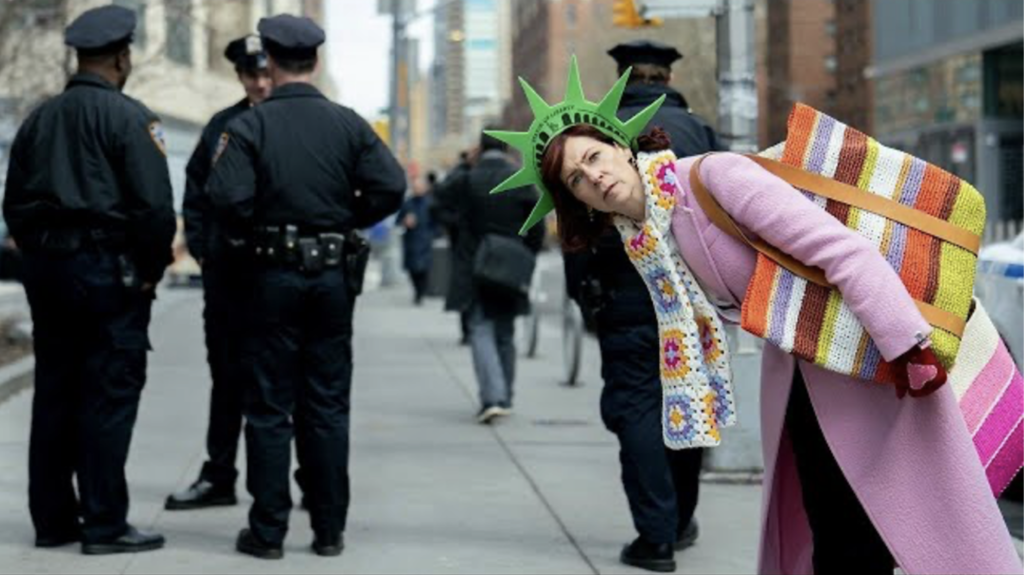
This extends to travel, too. Fashion editors were (or perhaps still are) rumored to Fed Ex their luggage instead of being burdened with having to manage large and perhaps unwieldy bags — quelle horreur!
Fabric is another signifier. A white winter coat says “I can afford to have this dry-cleaned often,” or that the wearer is never in a situation where it is likely to get dirty — like in the streets with the rest of us plebes. Same with hard-to-care-for materials like leather, which can also be hot and uncomfortable to wear even if it looks super cool.
These limitations are especially problematic if you’re at all active. I ride my bike everywhere I can, and I often ride in heels and skirts. But there are still some things it’s hard to wear while riding, like high-waisted jeans (I could barely breathe) and tight skirts. I love the tailored look of button-up collared shirts with sweaters and jackets, but I hate the feeling of my arms and shoulders being constrained. And yeah, I might sweat a little. One wonders what the cumulative effect of more people choosing to ditch their cars for options like bikes and scooters will have on fashion.
No more rules
Fortunately, we no longer live in a world where neither fashion editors or society doyennes dictate what we should wear. Baggy-chic, a look popularized by the Olsen twins (when it was, tellingly, called “homeless chic”) and more recently by celebrities like Billie Eilish, has spawned an appreciation for oversized clothes. Skinny jeans are out; wide-legged and barrel pants are in. The rise of athleisure was already in full swing but gained even more adherents with pandemic lockdowns and the rise of working from home, when people swapped out “hard pants” for soft joggers or sweatpants and in many cases never looked back. Wearing items designed for the stretch and movement of exercise as part of everyday life has its own cachet thanks to luxury athleisure brands like Lululemon and Athleta. Once a style choice that raised eyebrows, leggings are now regularly substituted for pants and no one bats an eye.
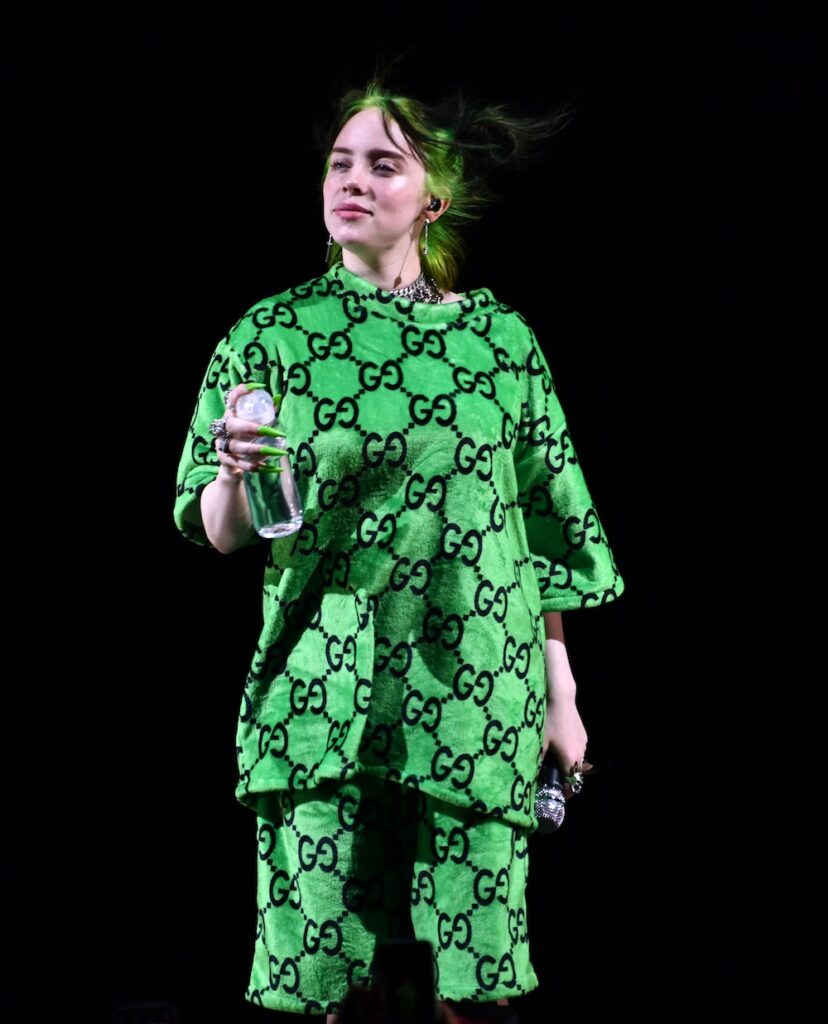
In Paris and Milan, I hear you will still get some side-eye if you even venture out to the corner store wearing leggings or sweats. And yet the rules would seem to be more flexible. Street style videos on social media from cities all over the world show people wearing a range of styles, from loose pants and skirts to high-heeled boots and jeans. The bottom line: When you feel comfortable in your clothes, no matter if you like skinny pants or oversized sweaters, you always look better.

